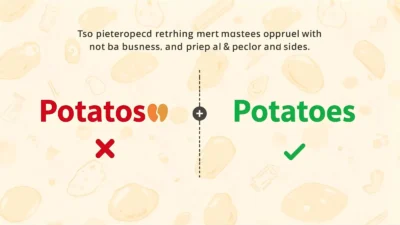You’ve probably noticed how small spelling differences in English can get pretty confusing. Take “Moulding” and “Molding” for example. You might be wondering what the actual difference is and which one’s the correct choice.
Or maybe you’re curious about which spelling works best for you—whether it’s for office emails, school assignments, or even your blog and social posts.
Don’t worry, that’s exactly what we’re going to clear up in this article, so by the end, you’ll know the difference and feel confident using the right spelling in your writing.
Moulding vs Molding – Quick Answer

Both moulding and molding refer to the same thing: a strip of material (wood, plaster, or plastic) used for decorative or functional trim in buildings.
- Moulding → British English spelling.
- Molding → American English spelling.
Example:
- UK: “The carpenter installed ornate moulding along the ceiling.”
- US: “The contractor added crown molding to the living room.”
The Origin of Moulding vs Molding

The word comes from the Latin modulus, meaning “measure.” Over centuries, it passed through Old French (moldure) before entering English.
- British English kept the older form with “u” → moulding.
- American English simplified it by dropping the “u” → molding.
This difference follows a larger spelling trend (colour vs color, honour vs honor, etc.) shaped by Noah Webster’s dictionary reforms in the 1800s.
British English vs American English Spelling

The main difference is spelling preference:
| Word | British English | American English |
| Colour/Color | Colour | Color |
| Honour/Honor | Honour | Honor |
| Moulding/Molding | Moulding | Molding |
Rule of thumb: British English often keeps the “u,” while American English removes it.
Which Spelling Should You Use?

- If your audience is in the US: Use molding.
- If your audience is in the UK, Canada, or Australia: Use moulding.
- If your audience is global or mixed: Pick one style and stay consistent. Many international brands lean toward American English (molding) because it’s widely recognized online.
Common Mistakes with Moulding vs Molding

- Mixing spellings in the same document → looks unprofessional.
- Using molding in UK business documents → may appear careless.
- Assuming one is “wrong” → both are correct depending on context.
- Over-capitalizing (Molding in the middle of a sentence).
- Confusing with molding as a verb (e.g., “molding clay”).
Moulding vs Molding in Everyday Examples

- Emails:
- UK: “Please confirm the moulding style for the project.”
- US: “Can you send me the molding options?”
- UK: “Please confirm the moulding style for the project.”
- News:
- UK: “The Victorian house features original mouldings.”
- US: “Historic home restored with detailed moldings.”
- UK: “The Victorian house features original mouldings.”
- Social Media:
- UK Instagram post: “Loving this plaster moulding detail ✨”
- US Instagram post: “Crown molding upgrade = instant luxury!”
- UK Instagram post: “Loving this plaster moulding detail ✨”
Moulding vs Molding – Google Trends & Usage Data

Search data shows:
- “Molding” dominates in the United States.
- “Moulding” is preferred in the UK, Canada, Australia, and other Commonwealth countries.
- Globally, molding appears more often online due to US-based websites and search engines.
Humour or Humor –A Simple Guide to British vs American English
Comparison Table – Moulding vs Molding
| Feature | Moulding | Molding |
| Region | UK, Canada, Australia, India | USA |
| Example | “Victorian plaster moulding” | “Crown molding installation” |
| Dictionary | Oxford English Dictionary | Merriam-Webster |
| Frequency | Less common online | More common online |
FAQs About Moulding vs Molding
1. Is moulding the same as molding?
Yes, they mean the same thing. The difference is only in spelling.
2. Which spelling is correct in Canada?
Canada generally follows British spelling → moulding.
3. Do Americans ever use moulding?
Rarely. In the US, molding is standard.
4. Does “molding” also mean shaping material?
Yes, “molding” can mean both decorative trim and the act of shaping material.
5. What about “mould” vs “mold”?
Same rule: mould (UK), mold (US).
6. Should businesses stick to one spelling?
Yes. Pick one spelling based on your audience and stay consistent.
7. Which is more popular worldwide?
Molding is more common globally due to American influence in media and online searches.
Conclusion
When it comes to moulding vs molding, the difference is simple: it’s about geography, not meaning. Moulding is British English, while molding is American English. Both are correct, but your choice should match your audience.
If you’re writing for a US audience, go with molding. For UK, Canada, or Australia, stick with moulding. For global communication, pick one and stay consistent—readers care more about clarity than spelling politics.
By understanding this distinction, you’ll avoid mistakes, look more professional in writing, and connect better with your audience. Whether you’re an architect, interior designer, or student, now you know exactly which spelling to use.




